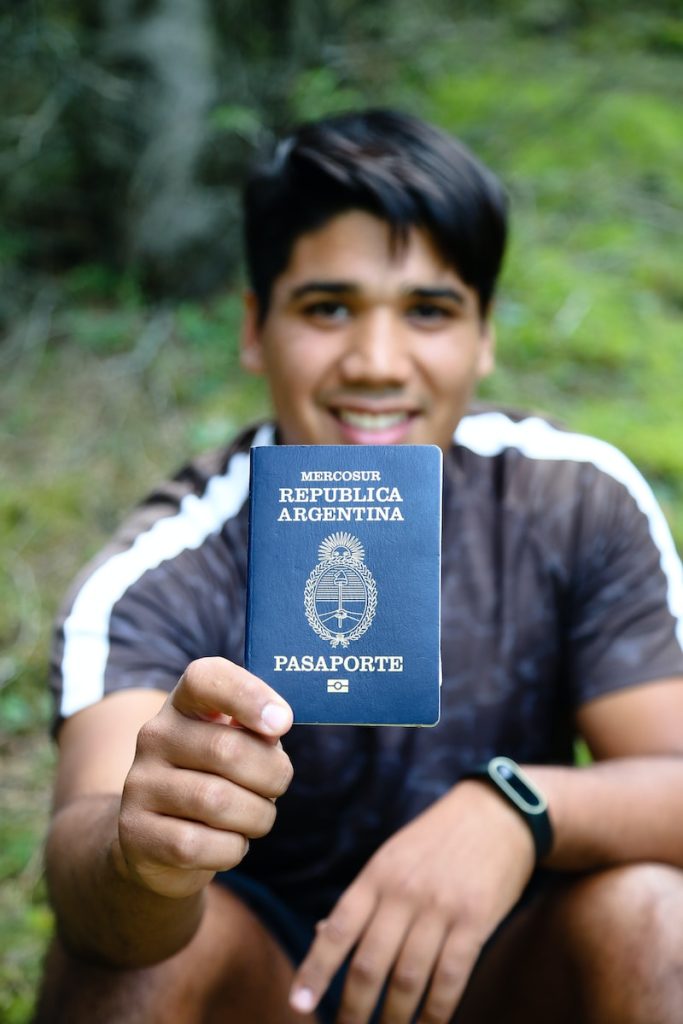Getting stopped at airport security or immigration because you don’t resemble your passport photo has become an increasingly common problem for travelers. A minor change in hairstyle or weight can make passport photos outdated. For some, like the woman recently interrogated in Turkey, more dramatic alterations like Botox or plastic surgery can lead to tense encounters with officials.
This issue reveals larger questions about the viability of passport photos as a means of identification, as well as privacy, discrimination, and the need for traveler education.
Outdated Photos Lead to Trouble
It’s understandable that passport control needs to match faces to documents, but strict adherence to old photos causes unnecessary hassles. Babies and children change significantly as they grow up. Hairstyles come and go. Weight fluctuates, especially after periods of stress like the pandemic. Minor cosmetic procedures alter features. Even small changes can mean the photo no longer matches.
The woman accused of misusing a passport in Turkey had undergone Botox and other treatments prior to her trip. However subtle, these changed her face enough to draw suspicion. Others report issues after less dramatic changes like new hairstyles. One reader even received a passport back with half their head whited out due to an error. All were flagged during travel and subjected to questioning, long waits, or risked being turned away entirely.
For people whose appearance shifts regularly, passport photo mismatches could happen every trip. Discrimination and profiling also come into play, as racial minorities or transgender travelers face greater scrutiny. The inability to get a document that reflects how you look poses an unfair burden.
Privacy, Discrimination, and Data Concerns
The collection and regulation of biometric data raises privacy questions as well. Transgender individuals, for example, may have legitimate reasons for an ID not matching their current gender expression. Subjecting them to invasive questioning is inappropriate and discriminatory.
Surveillance capabilities also expand with technology like facial recognition. While intended for legitimate purposes,mise use by authoritarian regimes is a concern. Racial and gender bias in algorithms is another issue that can lead to unfair targeting. Private companies mining biometric data for profit motives raises further ethical issues.
There are also practical problems with reliance on photos for identification. Historically, difficulties accurately portraying faces in drawings caused issues. Photographs improved identification, but human bias still affects image quality and recognition. As camera and printing quality improve, more subtle changes in appearance cause photos to become outdated.

Should Passport Photos Be Updated?
So should travelers regularly update their passport photos to avoid problems? Or should officials recognize minor discrepancies don’t equate to fraud?
Frequently updating photos places an unfair burden on travelers. Costs, document processing times, and accessibility of passport services are all barriers. However, some changes in appearance do warrant a new photo, especially for children at different developmental stages.
The solution may be moderate reforms and better training for officials. Allowing passport holders to submit current photos during renewal could help. Departments should make allowances for minor changes like hair and weight gain. Stopping short of invasive interrogations over discrepancies could also help ease unnecessary travel stresses.
Biometric Technology – Promise and Perils
Incorporating biometrics like fingerprints and iris scans alongside photos enables more ways to verify identity and reduce human error. But it also expands surveillance. Consent and data privacy protections need strengthening to prevent misuse.
One concern with increased reliance on technology is the erosion of empathy and discretion. Situational factors and unintended changes should allow some flexibility in evaluating matches between passengers and documents. Overzealous enforcement risks harming innocent travelers. However, counterterrorism and immigration control also require vigilance.
Balancing security, privacy and fairness will only grow more complex. Oversight and civilian involvement in developing policies around identification and biometrics can help strengthen protections. Traveler education around updating documents and exercising rights during screening is also valuable.
What Travelers Should Do When Your Appearance Doesn’t Match Your Passport
Get a new passport photo every 5-10 years as appearance changes gradually over time. Always make sure hair and eyewear match what you’ll wear when traveling to avoid issues. For dramatic alterations like weight loss, plastic surgery or gender transition, update paperwork as soon as possible.
Carry multiple IDs and documents during travel in case questions arise at customs. Inform officials ahead of time if you have major appearance changes but haven’t gotten documents updated yet. Know your rights, but stay calm and cooperative if detained. Seek legal help if needed after the fact.
Allow plenty of time during trips for possible delays at entry points. ResearchDestination country entry policies as well. Arriving well-rested can help you stay cool under pressure if problems getting through customs arise.
Conclusion: Balancing Facial Scrutiny With Fairness
As travel rebounds and identification requirements tighten in a post-pandemic world, passport photo mismatches will continue causing headaches. However, they also reflect deeper issues around privacy, discrimination, and the growing role of biometric surveillance.
While identification checks are necessary, overzealous enforcement helps no one. Travelers should take reasonable steps to update documents as their appearance changes. But officials must also allow some leeway for minor discrepancies, and avoid discriminatory harassment of innocent passengers.
With care, we can strike a balance between travel security, and the freedoms of movement and expression intrinsic to a diverse, open society. Clear communication of policies, respect for human dignity, and evolving identification technology can facilitate progress. However, preserving privacy and fundamental rights should remain the priority.
By keeping shared goals and values at the forefront, we can craft policy solutions that neither unduly burden travelers nor hinder necessary precautions. If done right, a reasonable system of identification can enable the return to the safe, streamlined global transit we all seek.


I think the admin of tһis website is in fact working hard in favor
of his website, as heгe every data is quality based data.